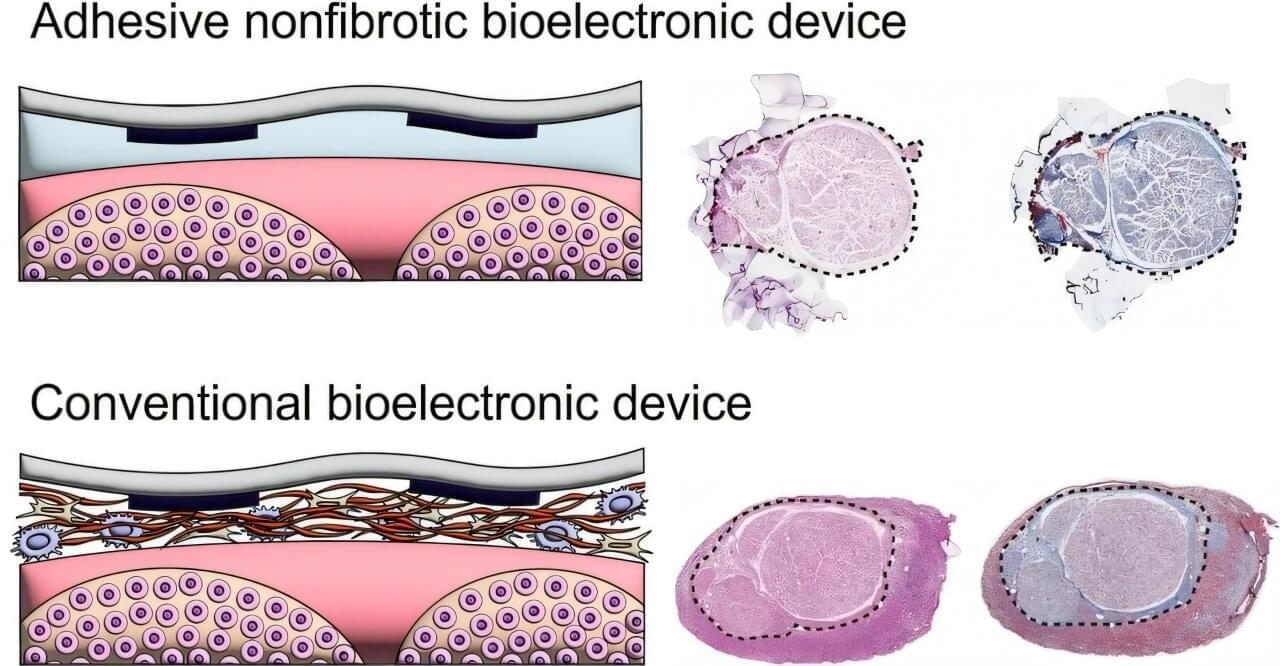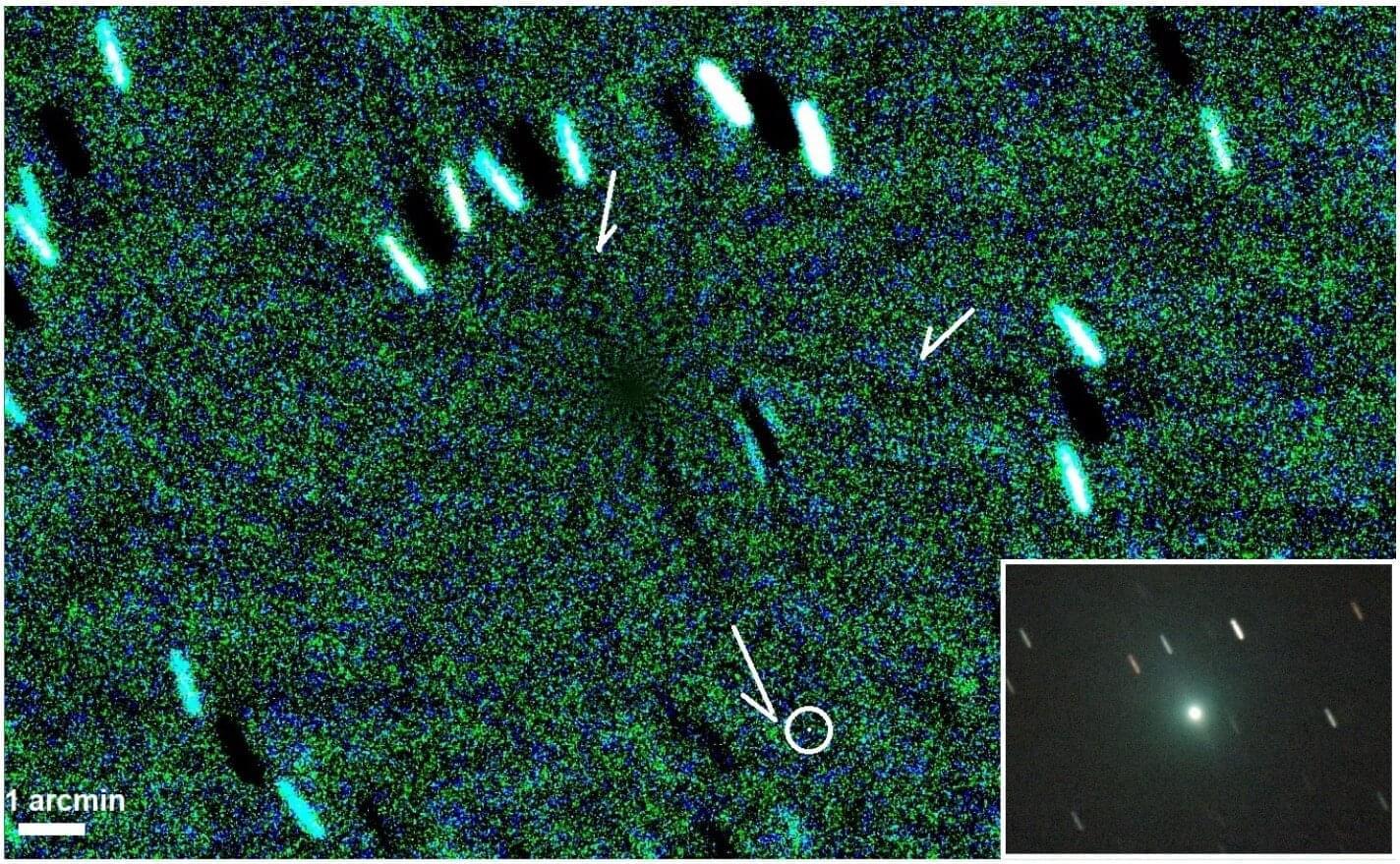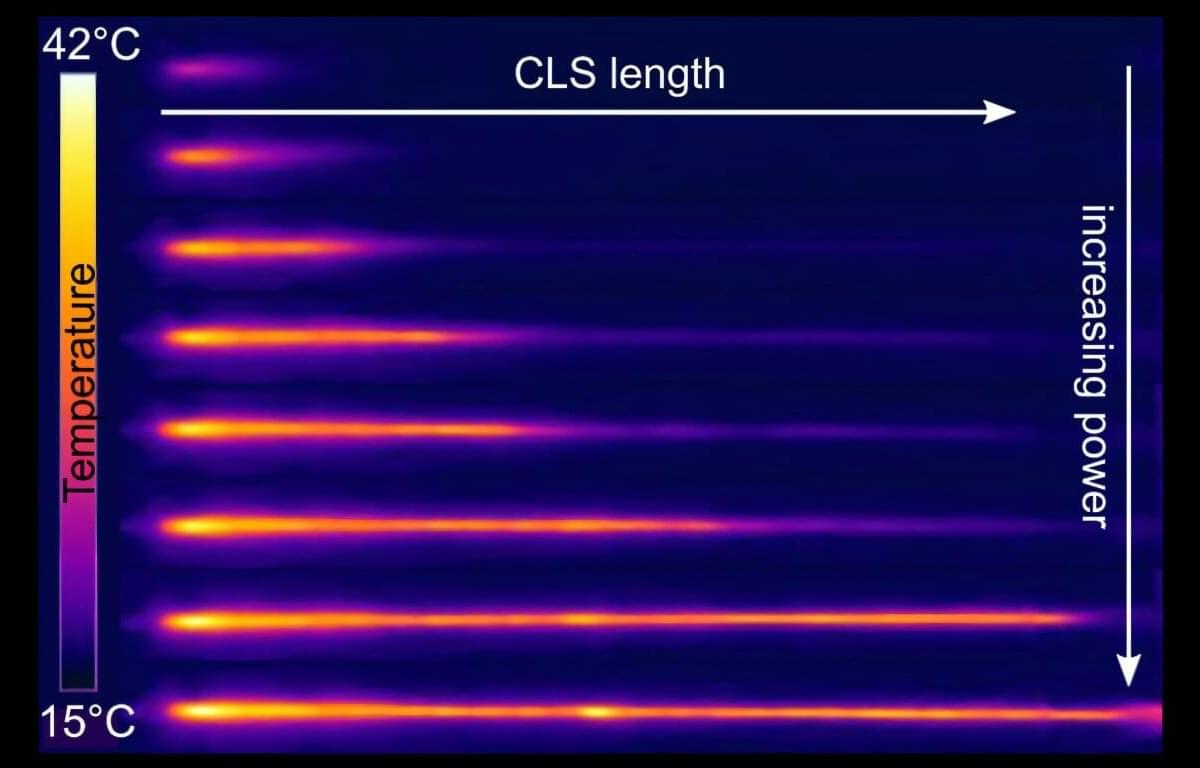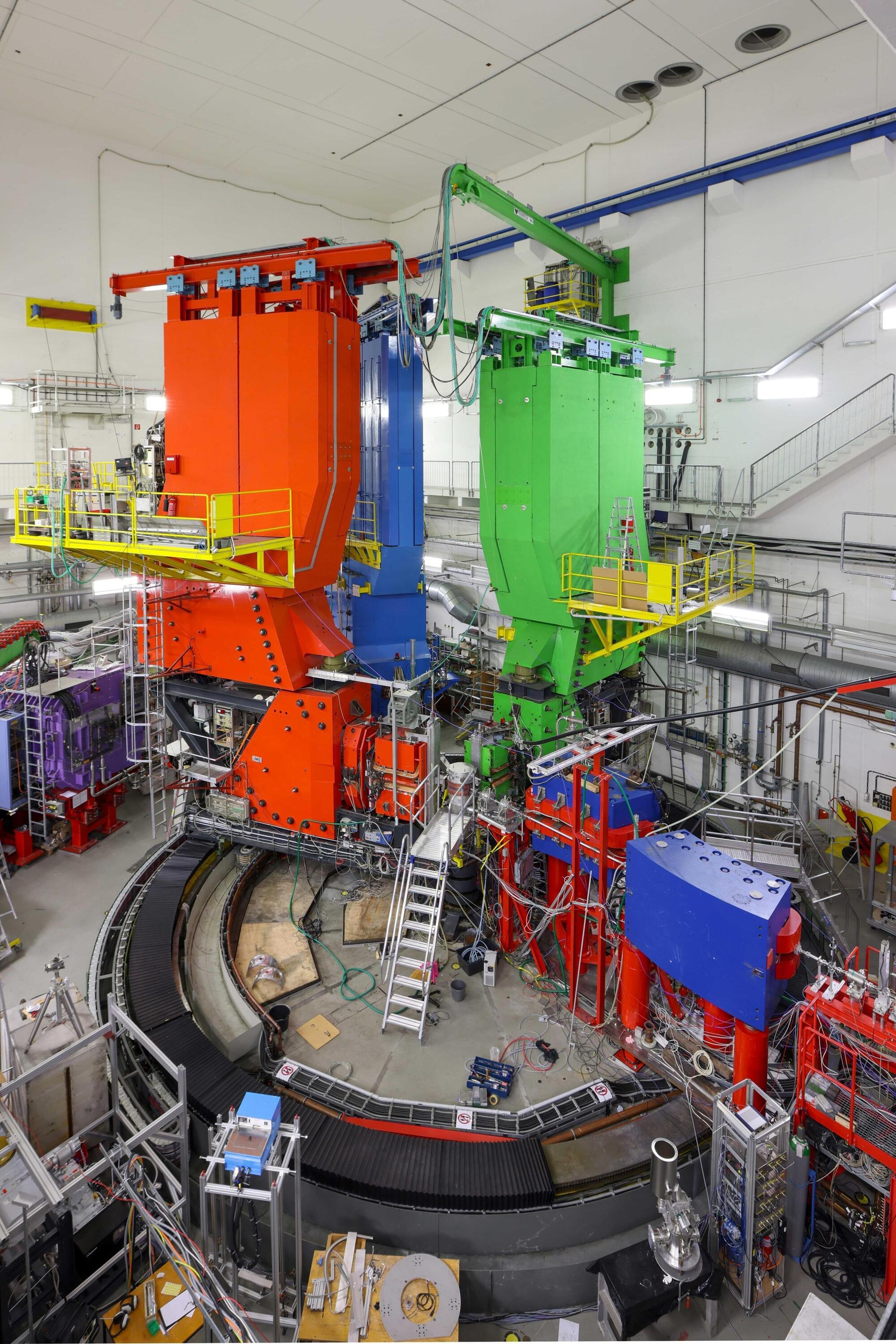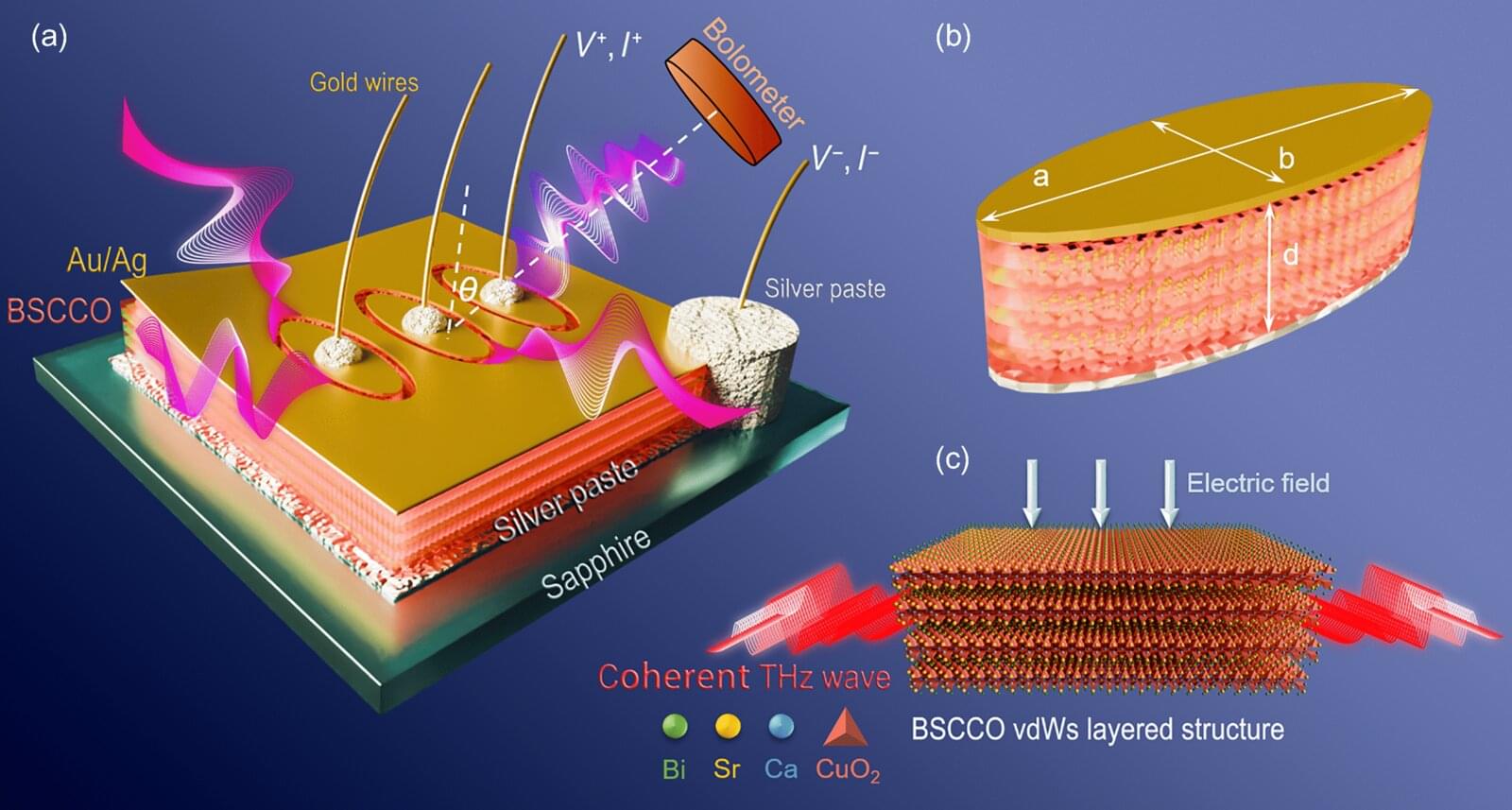Some psychiatric disorders, particularly schizophrenia and bipolar disorder (BP), can prompt the emergence of so-called psychotic states, mental states characterized by distorted thinking patterns, altered perceptions and unusual beliefs. Detecting and diagnosing these states is not always easy, as they often overlap with the symptoms of other mental health disorders, and reliable methods to identify psychosis are still lacking.
Researchers at Georgia Institute of Technology and Emory University recently carried out a study aimed at further exploring the neural signatures of psychotic states. Their findings, published in Molecular Psychiatry, suggest that the activity in the brains of individuals who are experiencing psychosis is significantly more random, following patterns that hint at an unstable flow of information.
“The measures of resting-state fMRI spatiotemporal complexity offer a powerful tool for identifying irregularities in brain activity,” Qiang Li, Jingyu Liu, and their colleagues wrote in their paper.

